About Brazilian Coffee producing area Brazilian Fine Coffee Raw beans about Brazilian Fine Coffee Association BSCA
For professional baristas, please follow the coffee workshop (Wechat official account cafe_style)
Brazil Coffee
They are classified according to the state of origin and the port of transport. Brazil has 21 states and 17 states produce coffee, but seven of them produce the most, accounting for 98% of the country's total output.
The topography of Brazil is mainly divided into two parts, one is the Brazilian plateau above 500 meters above sea level, distributed in the central and southern parts of Brazil, and the other is the plain below 200 meters above sea level, mainly in the north and west of the Amazon River basin.
State of Sao Paulo (Mogiana, Centro-Oeste)
State of Parana (Norte Pionerio do Paran á)
Bahia State (Planaltoda Bahia, Cerrado da Bahia, Atlantico Baiano)
Espiritu Santo (Montanhas do Esp í rito Santo, Conilon Capixaba)
Minas Gerais State (Sul de Minas, Cerrado Mineiro, Chapada de Minas, Matas de Minas)
Londonia (Rond?nia)
Rio de Janeiro State (Rio de Janeiro)
Sao Paulo, Sao Paulo State
Morgiana / Mogiana
This area is very close to the south of Minas. Coffee is grown between shrubs, grasslands and other vegetation. There are many farming families in this area, some of which operate in the traditional way of large farms, while others operate in a small-scale and modern way. Modern science and technology mixed with mountain coffee cultivation culture has created the highest quality raw coffee beans.
Centro-Oeste / Midwest
(Gar?a,Marilia and Piraju)
Coffee beans are generally grown in this area by combining large estates with traditional production lines. Although production seems to be declining, it is more pursuing the production of higher quality raw beans.
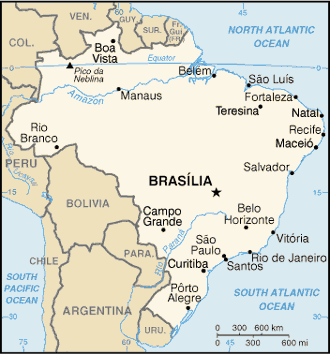
About the Brazilian Santos
Santos / Santos taste mellow, neutral, can be drunk alone, and mixed with other kinds of coffee beans to form a comprehensive coffee is also a good choice. Santos has no outstanding advantages, but there are no obvious defects, mild and smooth taste, low acidity, moderate mellow, light sweetness, these soft flavors mixed together, to distinguish them one by one, is the best test of the taste buds, which is why many Santos fans love this kind of coffee.
Santos coffee grows in the area of Sao Paulo and is a descendant of Arabica trees from Bourbon Island in the 18th century under the name of export port Santos (Santos). It belongs to the bourbon subspecies (var. Bourbon). Before the age of three to four, bourbon trees bear small, twisted beans, called bourbon Santos, which are more advanced Brazilian beans, usually called "Brazil" directly in cafes. After three or four years old, bourbon trees only produce large, flat beans called "Flat Bean Santos", which are flat in taste and cheap in price.
Parana State Parana
Norte Pionerio do Paran á
The state, which used to be Brazil's largest production region, now has its own unique production technology.
After discovering a decline in the unit yield of coffee woodland, producers in Parana created a new "closed planting system". At present, a large number of coffee trees, seedlings per hectare can better withstand the cold wind, but also ensure a more regular yield.
Bahia, Bahia State
Bahia State / Atlantico Baiano
Robusta beans are mainly produced on large farms.
Shapada / Planaltoda Bahia
The area is located in the central state of Bahia and mainly produces hand-screened Arabica coffee. It mainly adopts the method of washing.
Bahia Hilado / Cerrado da Bahia
This area, located in the western state of Bahia, is generally considered to be the latest coffee-growing area in Brazil. Modern technologies for irrigation and harvesting are widely used in this area.
Espirito Santo, Esp í rito Santo
Montanhas do ESP í rito Santo
Conilon Capixaba
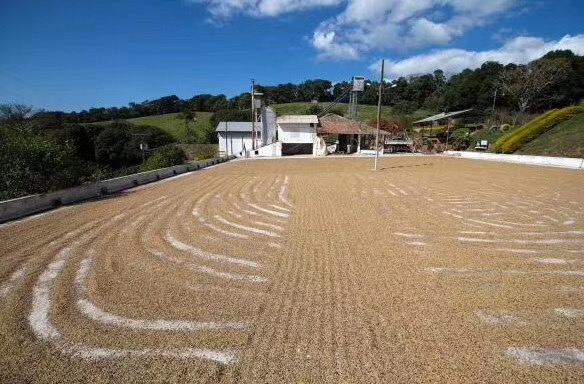
The state is mainly divided into two regions: robusta beans are grown on both large and small estates in the north, while typical mountain-grown coffee is grown in the south, which is less common. There are both washing and sun exposure in this area.
Minas Gerais Minas Gerais
South Minas / Sul de Minas
The small manor area produces about 8-10 million bags of coffee beans growing on the mountain. Suitable altitude, undulating terrain and climate conducive to growing coffee, rainfall is concentrated in the months when the fruit needs to grow, and the climate is dry in the months when the harvest is needed.
Syrador / Cerrado Mineiro
Growing coffee in Hirado (also known as Savannah) is a victory for Brazilian coffee technology. More and more large coffee plantations in Syracuse use high technology for production, and this is the case in very few areas. Plateau climate, four distinct seasons, fruit ripening is very stable, in the harvest season is not at all. Savannah coffee is generally treated in the sun, which is also a trend in current processing.
Minas Shapada / Chapada de Minas
In the northern part of Minas Gerais, the area is very small, but the quality of raw beans is among the best in the world.
Mount Minas Gerais / Matas de Minas
It is a very large area with a very diverse ecosystem and is the oldest coffee growing area in Brazil, and its highest altitude is the best area for coffee processing.
Rond?nia, Londonia
This area mainly produces robusta coffee.
Rio de Janeiro, State of Rio de Janeiro
Mainly grow Arabica species. Compared with other producing areas, it has excellent port traffic advantages.
Hierarchical reference:
There are many kinds of coffee in Brazil, which are mainly treated by solarization, which are classified according to the name of the state of origin and the port of transport.
Due to the scattered origin and uneven quality, the classification standards are not unified:
NO.2~NO.8 according to the amount of sundries
There is NO.13~NO.19 depending on the size of the beans.
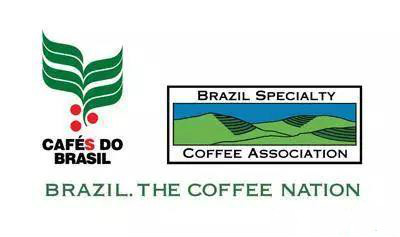
About the Brazilian Fine Coffee Association
The Brazilian Fine Coffee Association (BSCA), located in Varginha, South Minas, is a non-profit coffee organization founded by 12 Brazilian coffee producers in 1991.
BSCA aims to improve the quality of coffee production in Brazil, to promote the commercialization and industrialization of Brazilian coffee, and to develop ecological agriculture through cooperation between domestic and international organizations to help the sustainable development of coffee growing areas.
Important Notice :
前街咖啡 FrontStreet Coffee has moved to new addredd:
FrontStreet Coffee Address: 315,Donghua East Road,GuangZhou
Tel:020 38364473
- Prev
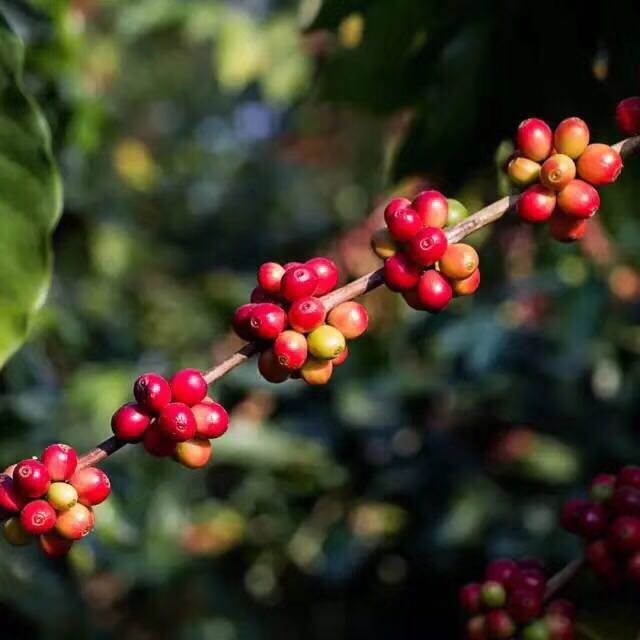
Growing bourbon pointed coffee on Reunion Island is a variety of gourmet Arabica coffee.
Bourbon pointed coffee is a variety of gourmet Arabica coffee the locally produced bourbon pointed coffee (scientific name Laurina) is a variety of gourmet Arabica coffee. Grows on a hillside with an elevation of 1499 feet above sea level. It has a long history of growing in Reunion. In the 18th and 19th centuries, bourbon pointed coffee was still very delicate, produced very low, scarce and expensive, so it was expensive. Method
- Next
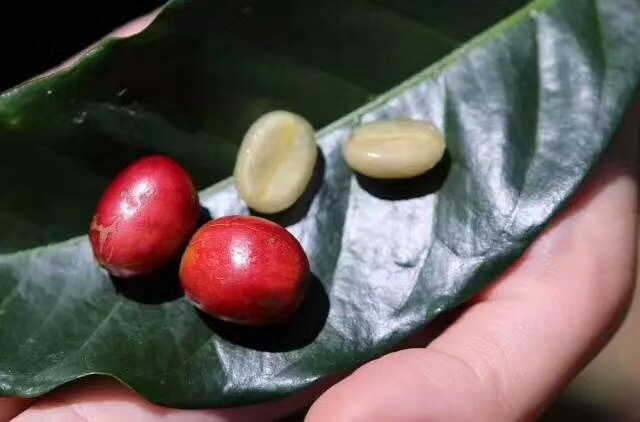
What is the amount of information contained in the name of coffee? Classification and classification of coffee
What is the amount of information contained in the name of coffee? Take chestnut as an example, coffee name: Costa Rica Tarrazu SHB EP Red Honey country + producing area + grading name + treatment translation: extremely hard beans in Tara Pearl, Costa Rica grading and classification of coffee treated with ep standard red honey in order to distinguish between good quality coffee beans and poor quality coffee beans
Related
- Detailed explanation of Jadeite planting Land in Panamanian Jadeite Manor introduction to the grading system of Jadeite competitive bidding, Red bid, Green bid and Rose Summer
- Story of Coffee planting in Brenka region of Costa Rica Stonehenge Manor anaerobic heavy honey treatment of flavor mouth
- What's on the barrel of Blue Mountain Coffee beans?
- Can American coffee also pull flowers? How to use hot American style to pull out a good-looking pattern?
- Can you make a cold extract with coffee beans? What is the right proportion for cold-extracted coffee formula?
- Indonesian PWN Gold Mandrine Coffee Origin Features Flavor How to Chong? Mandolin coffee is American.
- A brief introduction to the flavor characteristics of Brazilian yellow bourbon coffee beans
- What is the effect of different water quality on the flavor of cold-extracted coffee? What kind of water is best for brewing coffee?
- Why do you think of Rose Summer whenever you mention Panamanian coffee?
- Introduction to the characteristics of authentic blue mountain coffee bean producing areas? What is the CIB Coffee Authority in Jamaica?

